The Narendra Modi government has been taking various measures to protect Indian consumers from international oil and gas price volatility. Despite a staggering increase of 228 per cent in international gas prices between January 2021 and February 2023, the increase in CNG prices in India has been restricted to 83 per cent — only about a third of the global increase. Politically motivated naysayers, in their haste to criticise rising prices, fail to see how well India has done to shield its citizens from extreme price volatility in comparison to other major economies.
Farsighted governance through proactive measures such as increasing domestic Administered Price Mechanism (APM) gas allocation and diverting gas from non-priority sectors to transport and domestic segments has made this possible. The recent Cabinet decision to approve a series of critical APM gas pricing reforms will further advance this objective. These reforms achieve two major goals: First, to protect Indians from extreme price volatility and to provide clarity for planned capex investments in gas-based sectors; second, to promote more innovation and investments in exploration and production (E&P).
The need for this set of rationalisation and reforms (R&R) arose from the limitations of the New Domestic Gas Pricing Guidelines, 2014, which, until recently, determined APM prices based on the volume-weighted average price of gas at four international hubs. The transmission of these prices came with a significant time lag (6-9 months) and contained high volatility even as two producer countries’ gas hub prices had lost their relevance in the last few years.
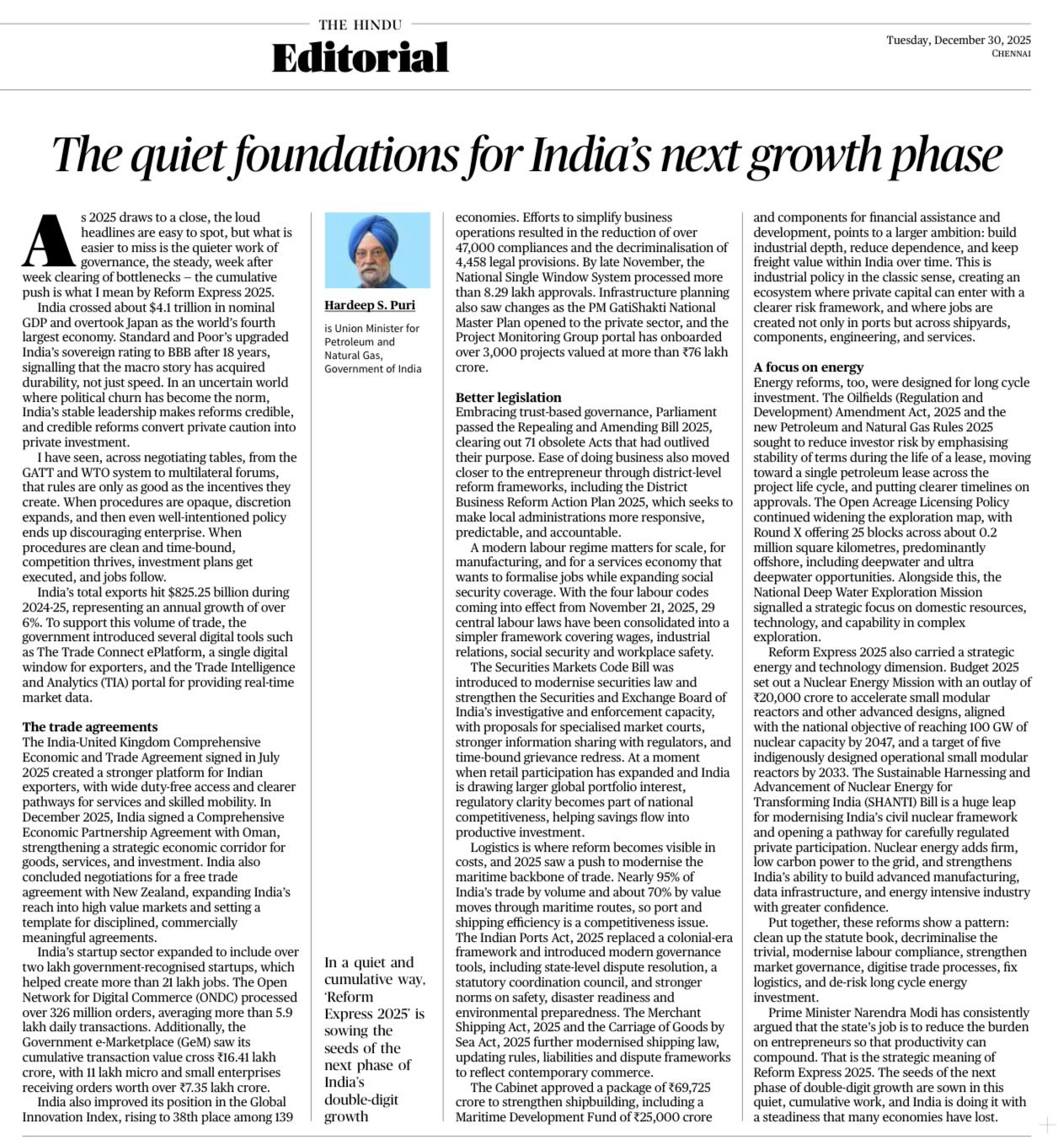
The quieter work of governance, the steady, week after week clearing of bottlenecks - this cumulative push is what I mean by Refo...

PM Sh Narendra Modi Ji has done the unthinkable in Bihar and it will change the grammar and lexicon of Indian politics for the ti...
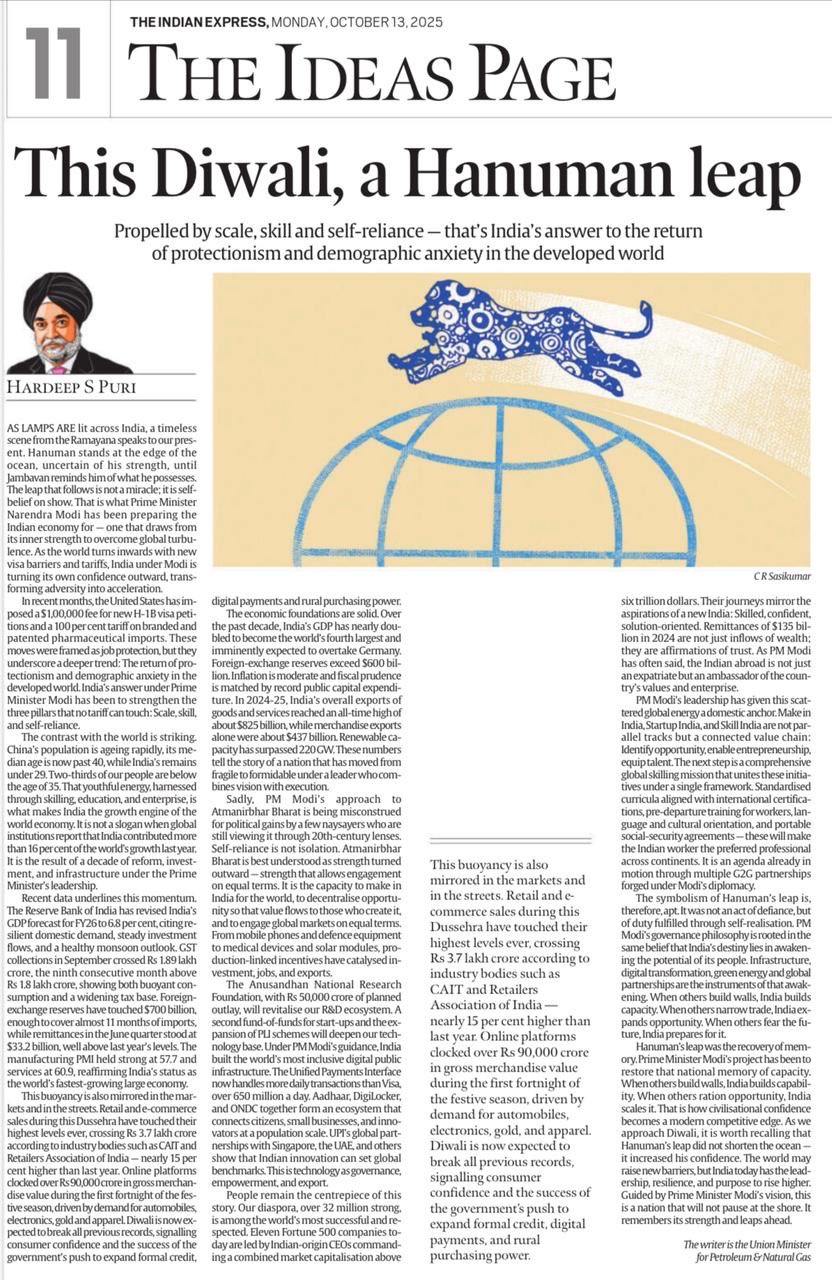
As the world passes through a period of geopolitical turmoil and uncertainty, India, under the visionary & decisive leadership of ...
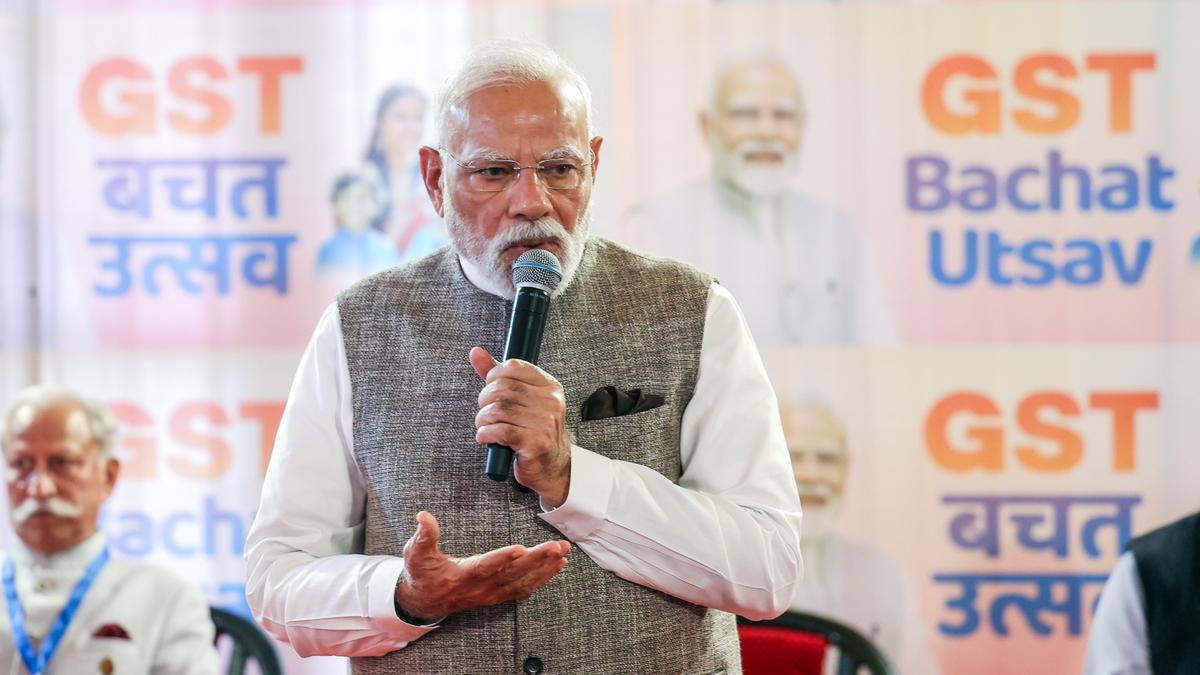
The Prime Minister’s professionalism and work ethic are what make the difference on the ground Praise has been showered on Pr...
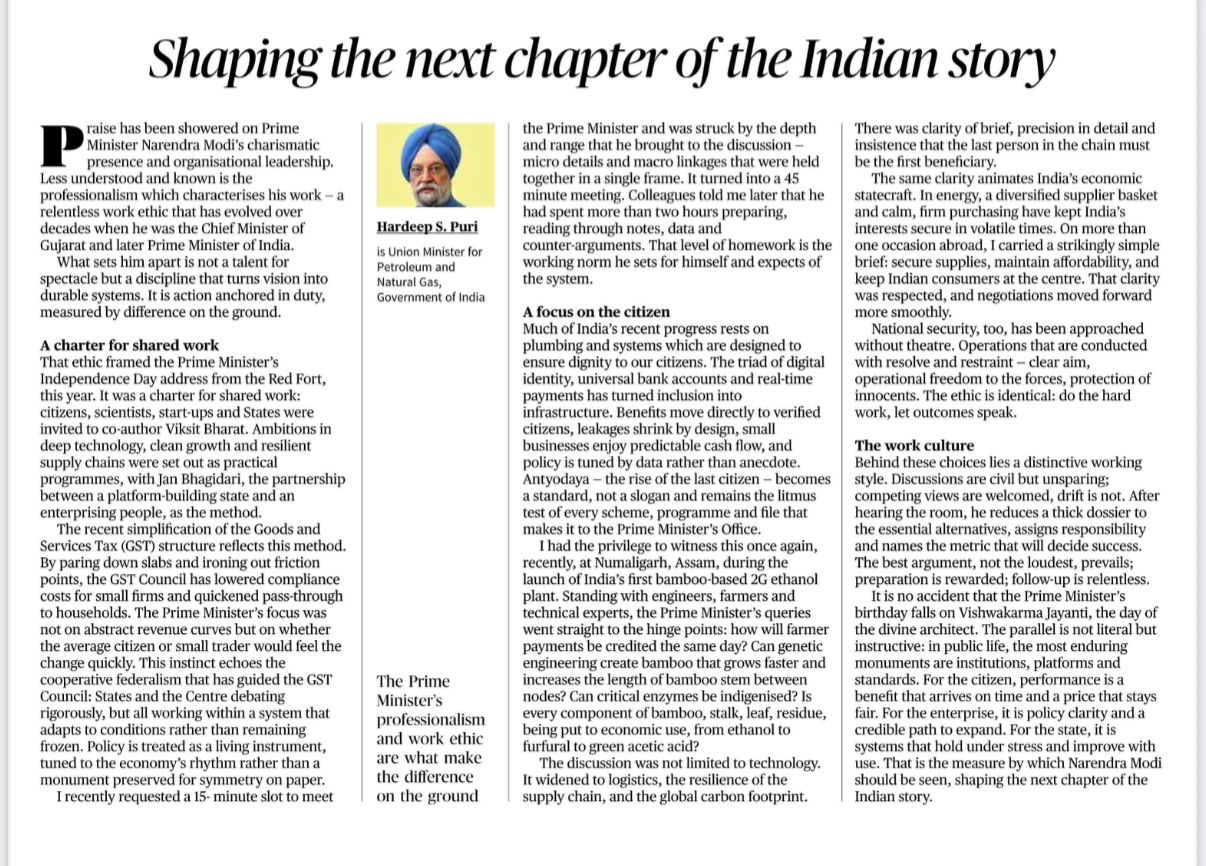
Shaping the next chapter of the Indian story!...
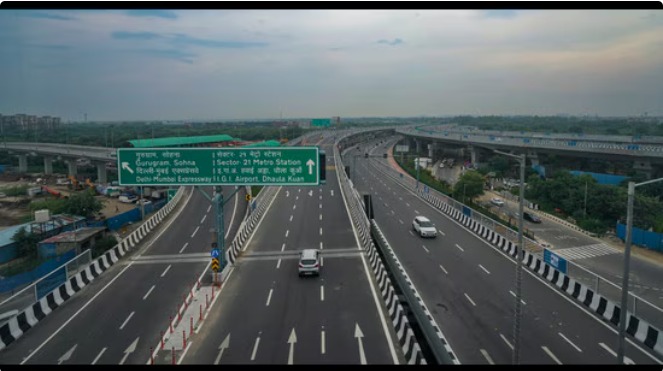
Indian cities are again on that path to being modern yet humane, ambitious yet inclusive, global in outlook yet rooted in our valu...

India’s fact-rich story of resilience, growth and energy security will silence the ‘global doubters’ who call it a ‘dead e...
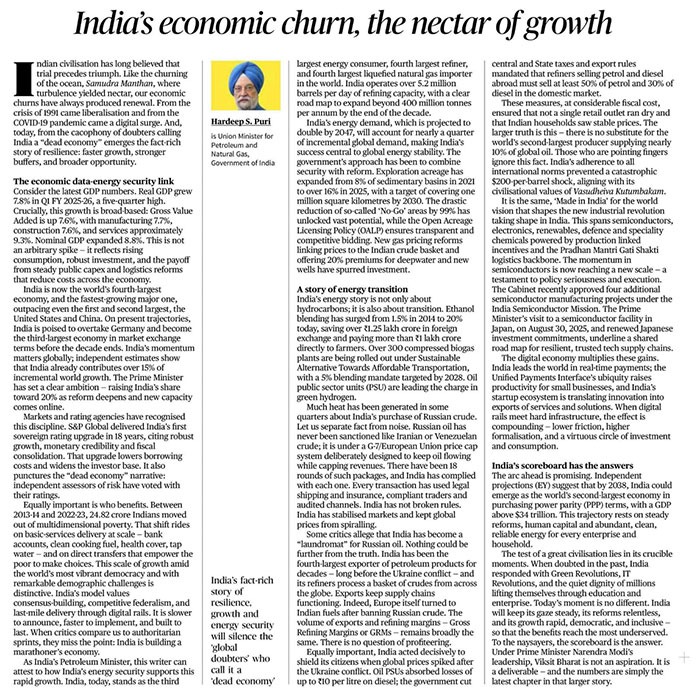
The test of a great civilisation lies in its crucible moments. When doubted in the past, India responded with Green Revolutions, I...
.jpeg)
विकसित भारत के लिए प्रधानमंत्री श्री नरेंद्र मोद...